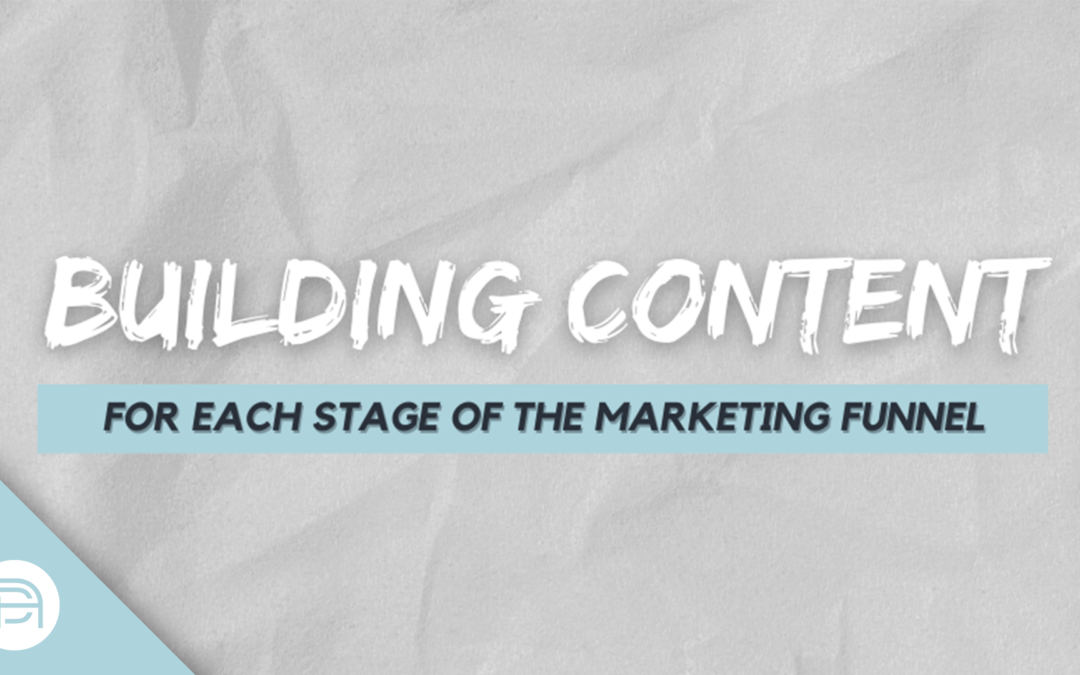When it comes to content, a mistake commonly made among marketers is only focusing on a single part of the buyer journey. All too often, a brand’s content is created and distributed solely for the purpose of building awareness or encouraging transactions. However, a piece of content that works to bring users to a website won’t necessarily motivate them to make a purchase. On the other hand, a free trial offer will likely do little to result in a conversion from someone who has yet to explore the details behind the brand or service.
This is why each stage of the marketing funnel – also referred to as the buyer journey or sales pipeline – should feature a different type of messaging. Keep reading to learn the four stages of the marketing funnel and the types of content that are appropriate for each.
Content to Build Awareness
At the top of the marketing funnel, the goal is to generate awareness for your brand. You can reach members of your target market with the use of blog posts, social media, videos, or infographics. In this stage, your content should not only gain the attention of consumers but should also entice them to learn more. Because there are seemingly endless amounts of brands constantly competing for the attention of consumers, it’s important to analyze what’s being distributed by your direct competition.
Content for the Consideration Stage
In the consideration stage, your visitors can now be seen as potential customers. While you may have yet to gain the customers’ trust, they are likely beginning to associate your brand with the solutions they’re seeking. That said, the content offered within this part of the funnel should provide valuable information on your products/services and why they are ideal. This can be achieved with email marketing and educational resources such as white papers, and case studies.
Content to Drive Conversions
Now that the users who have continued to explore your content are educated about your brand and its offerings, it’s even more important to keep them moving forward on their journey. Before they make the final decision to commit to your products or services, you can utilize testimonials, video demos, product guides (including comparisons and specs), and promotions to help convert users into customers.
Content to Retain Customers
While Conversion may often be considered the end to the buyer’s journey, in order to retain the customer, the relationship should continue to be nurtured. Email marketing is an essential marketing tool during this stage; consider continuing the conversation with an automated post-purchase email campaign. Social media can be used to provide your followers with exclusive information or promotions, offering them an incentive to maintain the online relationship.
Tying it All Together
Communicating with a user who is unfamiliar with your brand calls for a very different approach compared to someone who is close to reaching a purchasing decision. When the correct types of content marketing are utilized in each step of the buying process, your brand will benefit in terms of visibility, leads, and revenue.
For more advice, support, and data-based insights on the content marketing elements and channels that best suit your brand, contact [email protected].
– Darcy Huff, SEO Specialist


